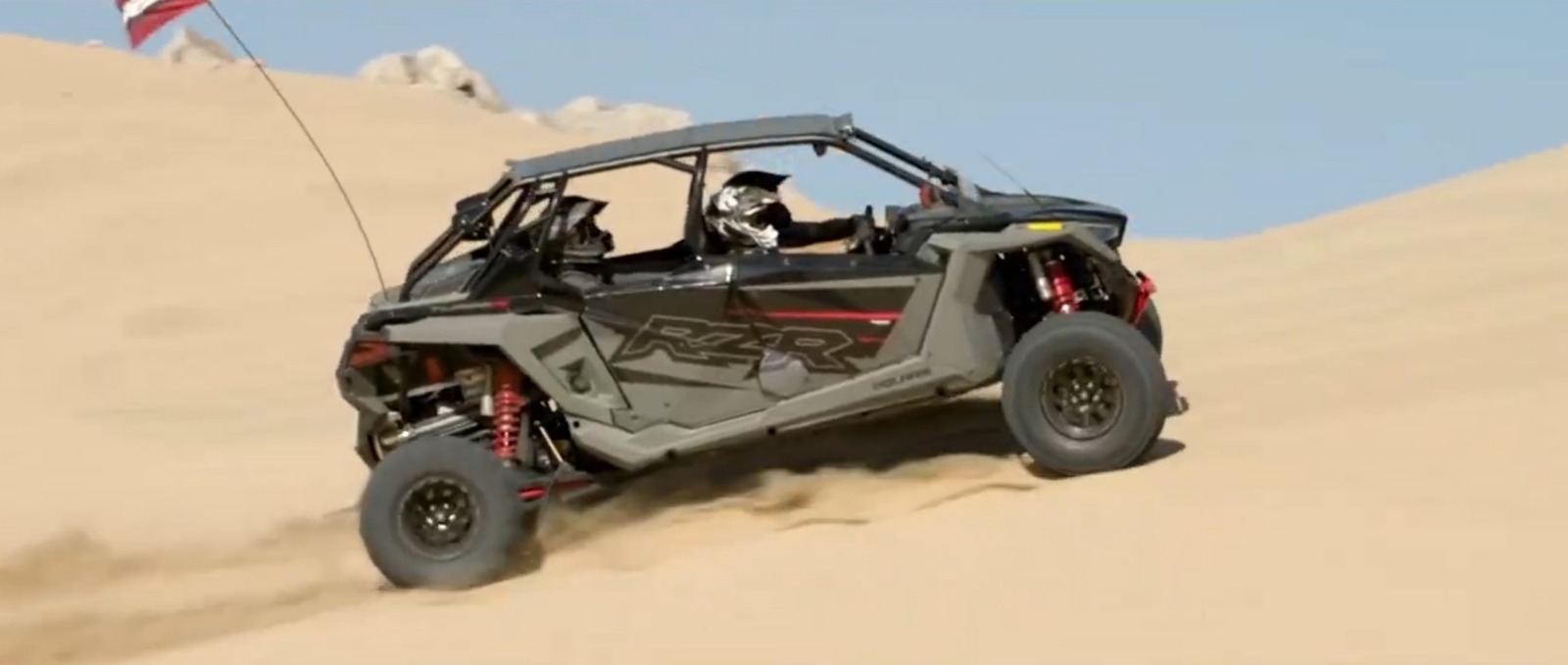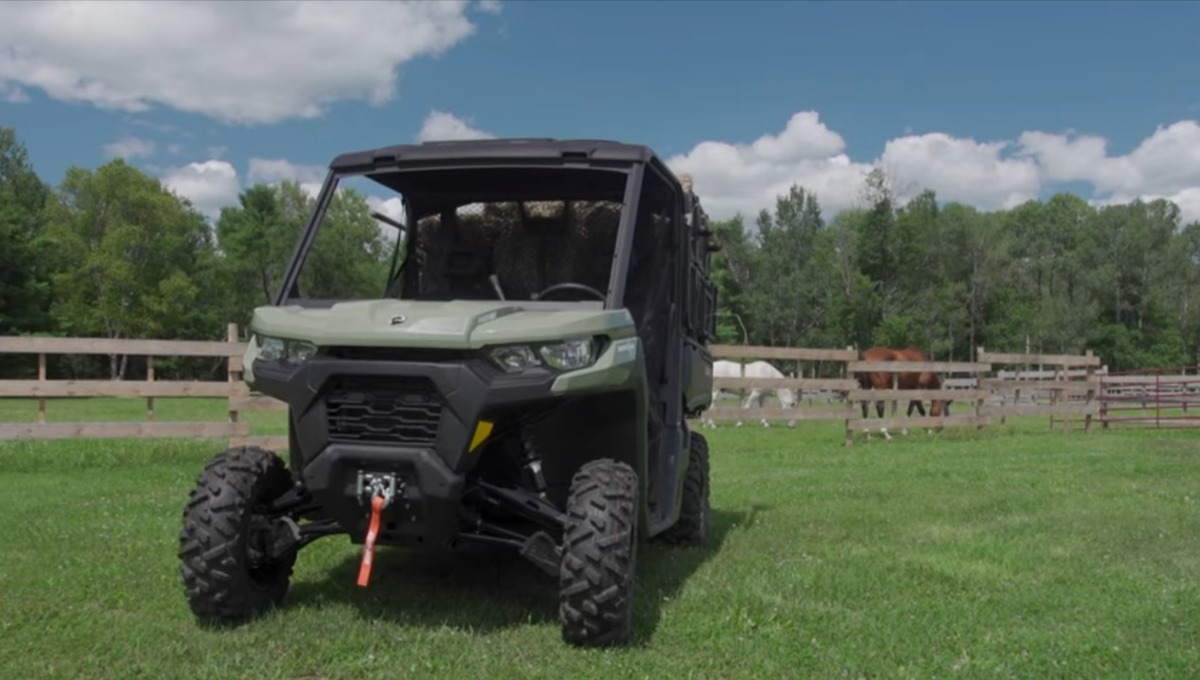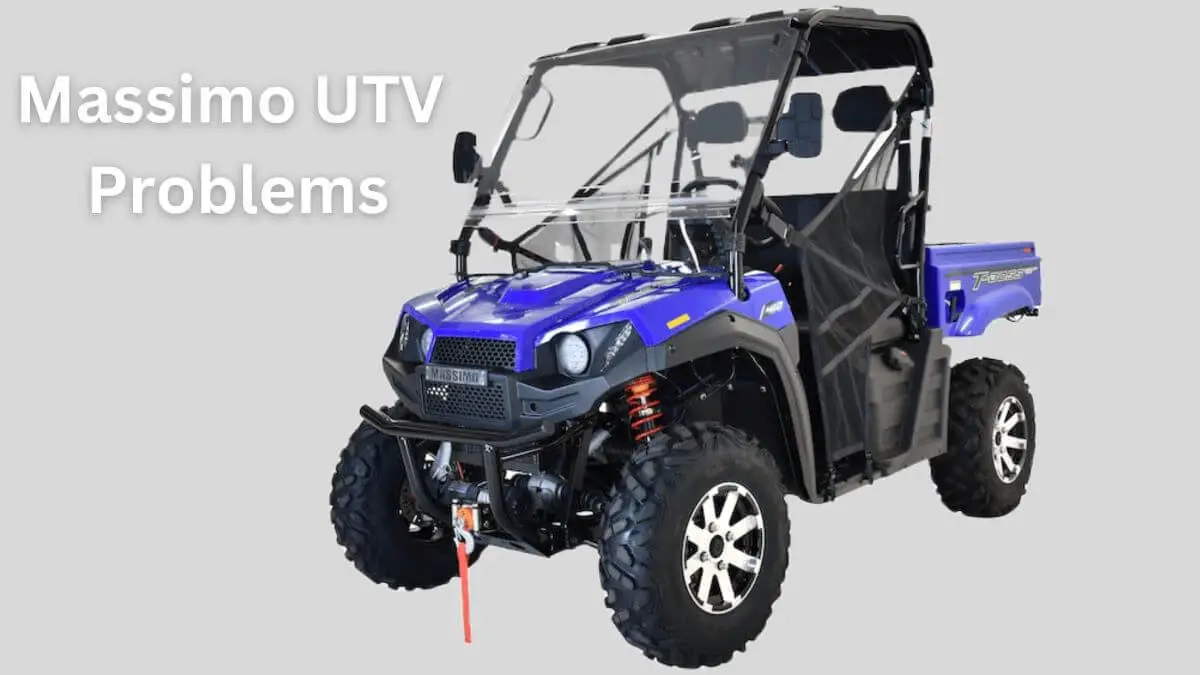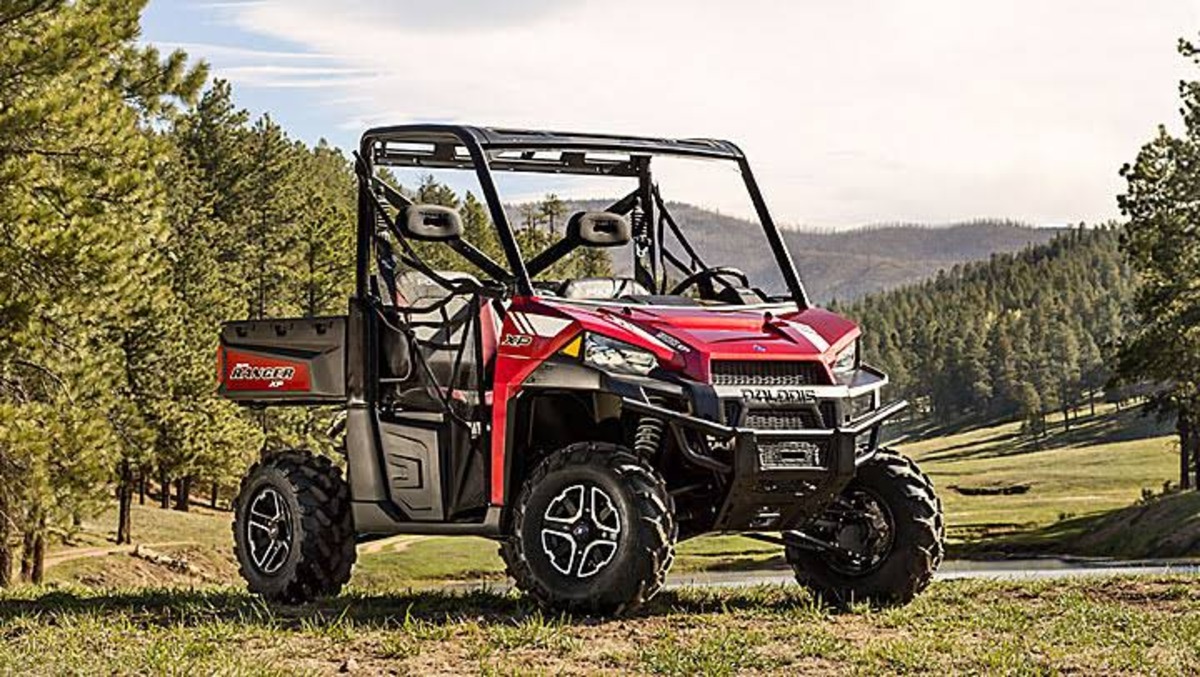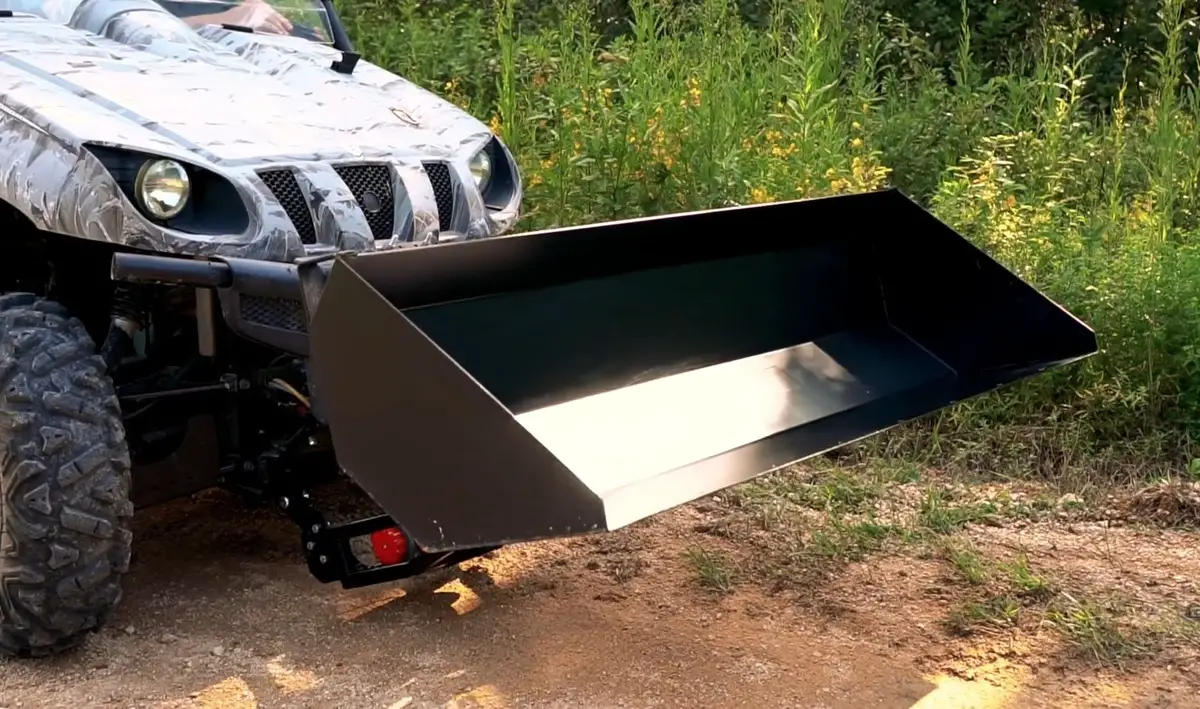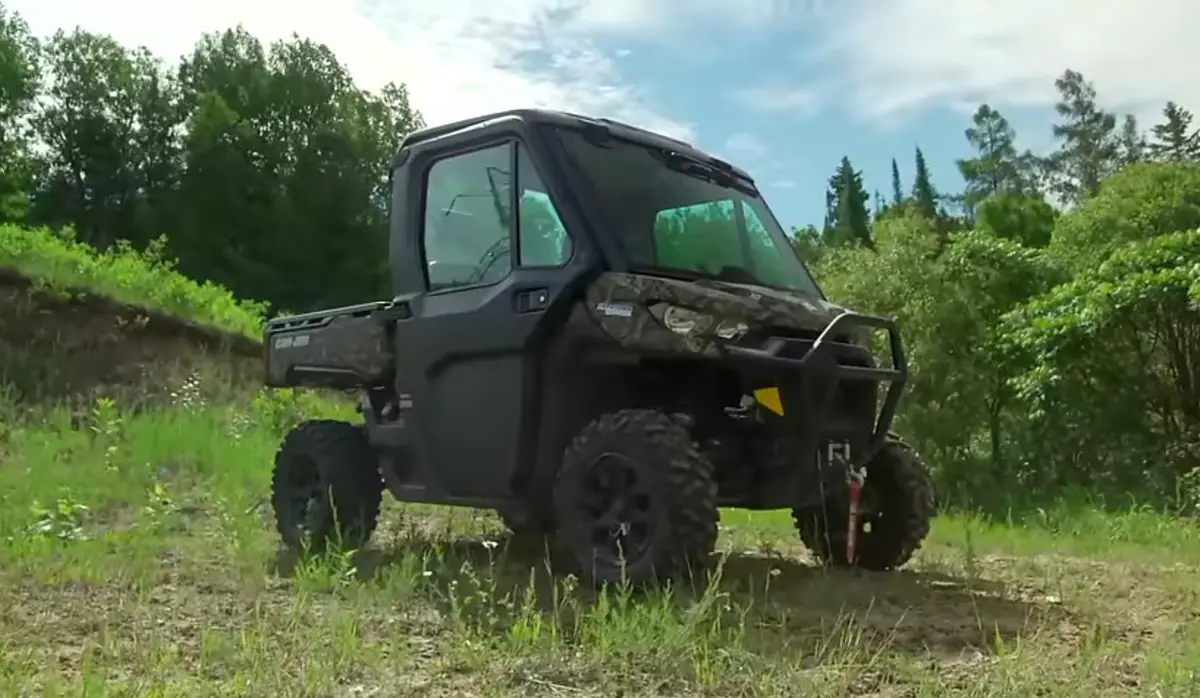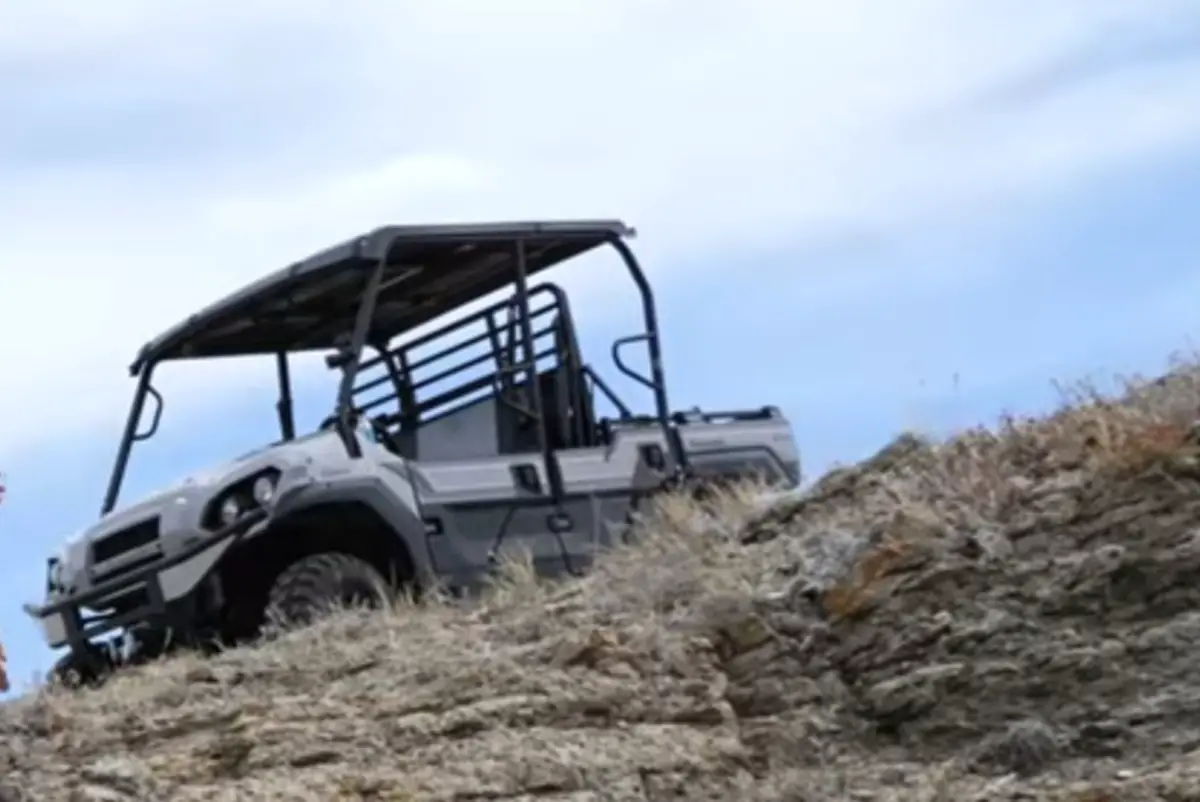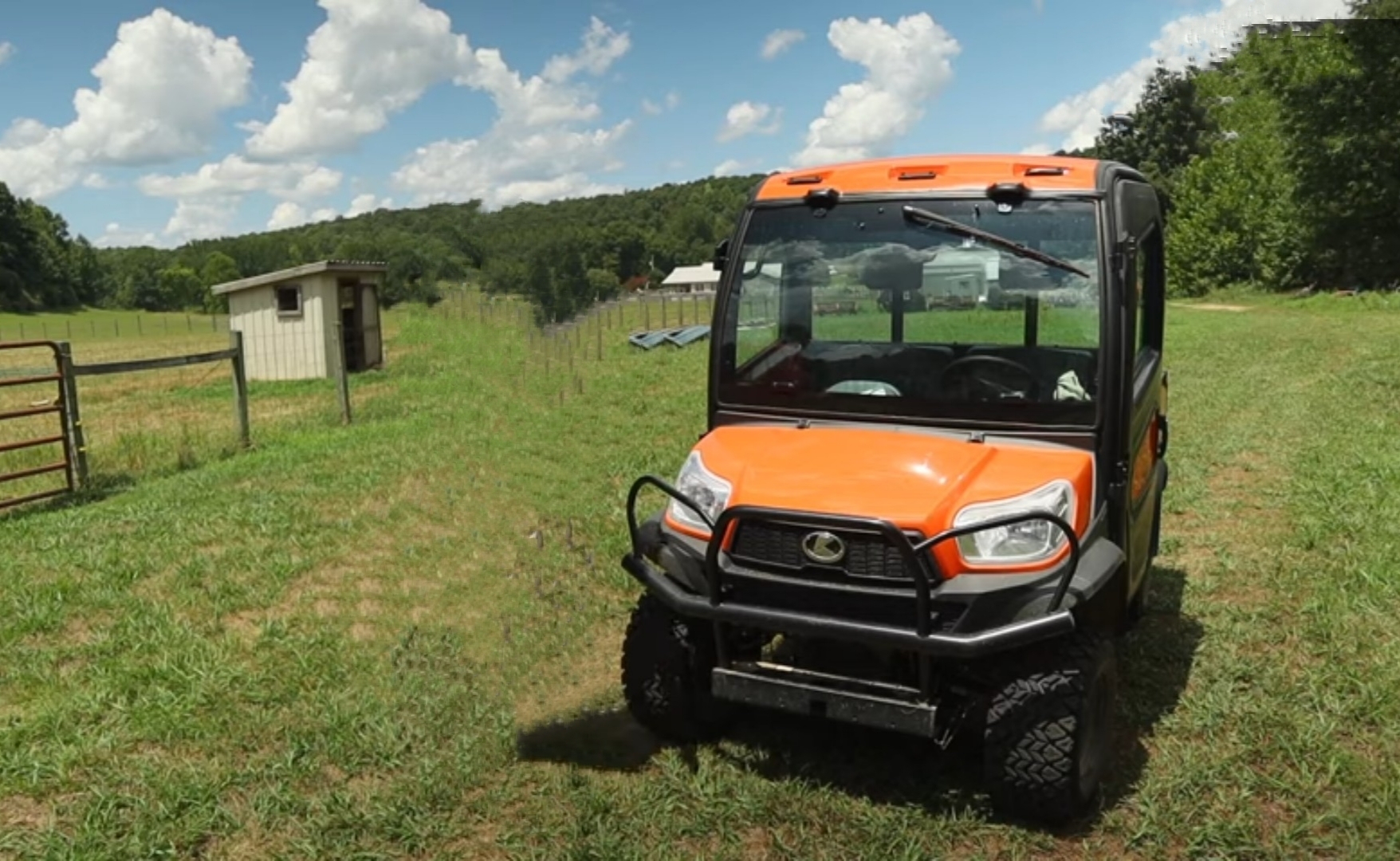I remember pre-ordering my UTV last year, and now I keep wondering when this shortage will finally end.
In recent times, the global powersports industry has been experiencing unprecedented challenges as a result of the COVID-19 pandemic.
Among the most significant of these challenges is the shortage of utility task vehicles (UTVs) in the market. When the UTV Shortage will end?
Even though there seems to be no end to the shortage of materials, businesses still hope to start providing dealers with UTV models from 2022.
This shortage has caused concern among dealerships, manufacturers, and enthusiasts who depend on these vehicles for both work and play.
This link is helpful for Best UTV Neck Brace- A Complete Unbiased Buyer’s Guide 2024 click on this website.
In this article, we will analyze the current state of the UTV shortage, examine the factors contributing to it, and provide projections on when it is likely to end.
What is the Current State of the UTV Shortage, and How Severe is it?
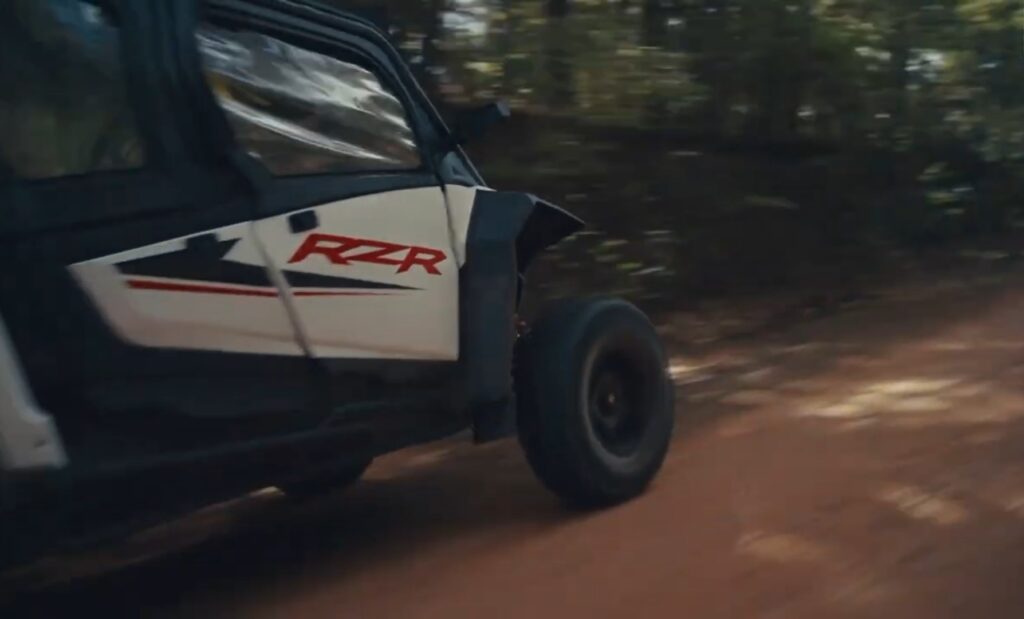
The UTV shortage has been ongoing since mid-2020, with supply chain issues and labor shortages contributing to delays in production and delivery.
The shortage has affected all major UTV manufacturers, including Polaris, Can-Am, Yamaha, Kawasaki, and Textron.
According to the Motorcycle Industry Council (MIC), UTV sales figures in the United States have been increasing over the past few years, with 427,000 UTVs sold in 2020.
However, in 2021, the UTV shortage has caused a projected decrease in sales to 420,000 units.
Here is the table of current state of UTV Shortage:
| Aspect | Current State |
| Demand | High demand for UTVs continues to outstrip supply |
| Production | UTV manufacturers are working to ramp up production |
| Supply chain | Supply chain disruptions are causing delays and shortages |
| Backlog | There is a significant backlog of orders from 2020 |
| Prices | UTV prices are high due to limited supply and high demand |
| Availability | UTVs may be difficult to find and may have longer wait times |
| Resolution Timeline | The timeline for resolving the shortage is uncertain |
Every time I check with the dealership, I hear the same thing: the UTV shortage is still ongoing with no clear end in sight.
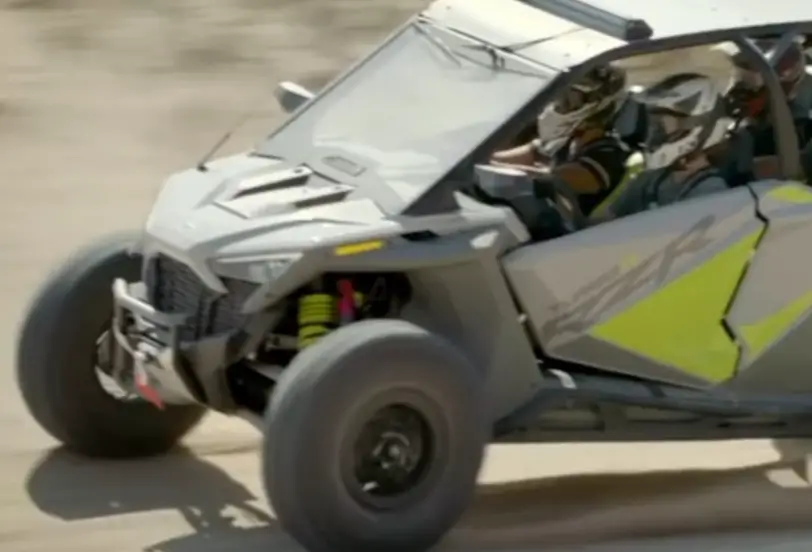
What Factors have Contributed to the UTV Shortage?
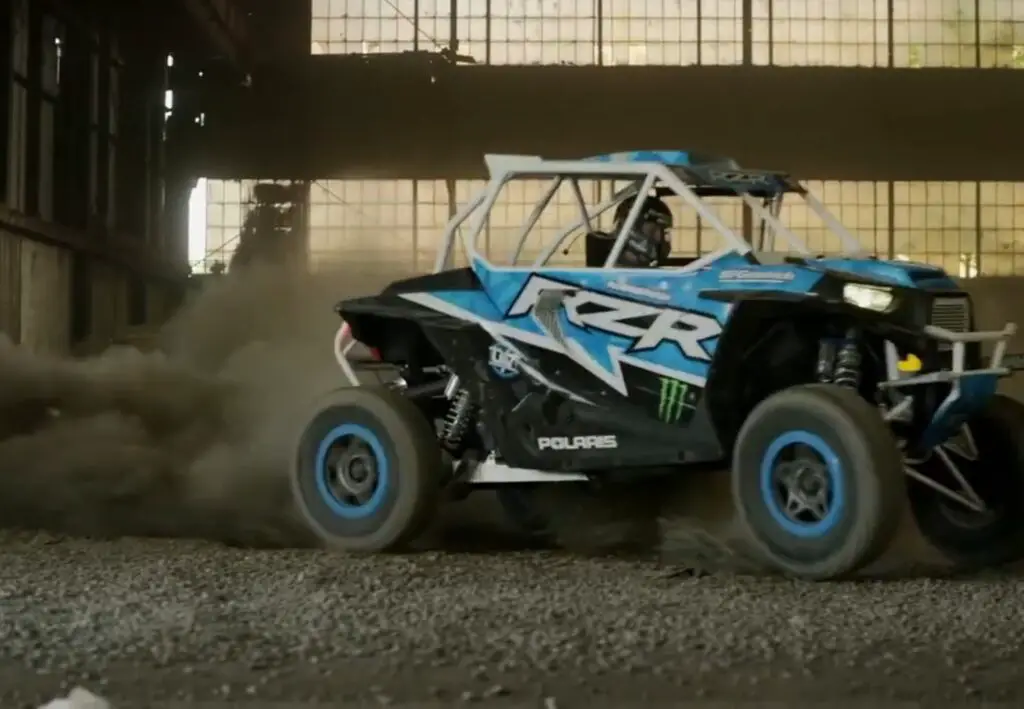
Several factors have contributed to the UTV shortage, including
- supply chain issues,
- labor shortages,
- increased demand,
- and shipping delays.
The COVID-19 pandemic has disrupted global supply chains, causing delays in the delivery of raw materials and parts needed for UTV production.
Labor shortages have also been an issue, with many manufacturers struggling to hire and retain workers due to COVID-19 restrictions, competition from other industries, and a tight labor market.
Increased demand for UTVs, particularly for outdoor recreation and work purposes, has further strained production capacity, while shipping delays have added to wait times for customers.
What is being done to Address it?
The UTV shortage is expected to persist into 2022, with lead times for popular UTV models ranging from 3-8 months.
However, manufacturers are ramping up production and investing in new technology to increase output.
For example, Polaris recently announced a $475 million investment in their manufacturing facilities and plans to increase their production capacity by 25% by 2025.
Other manufacturers are also investing in new technology, such as automation and robotics, to improve efficiency and increase output.
Additionally, the government is taking steps to address supply chain issues and labor shortages, with a $2 trillion infrastructure plan that includes investments in domestic manufacturing, research and development, and supply chain resilience.
If I could go back in time, I’d definitely click on this Cheapest State to Buy a Side-by-Side. It’s the one thing standing between you and possibly wasting thousands on something that doesn’t measure up.
What is the Impact of the UTV Shortage on Dealership Sales, and How are Dealerships Coping?
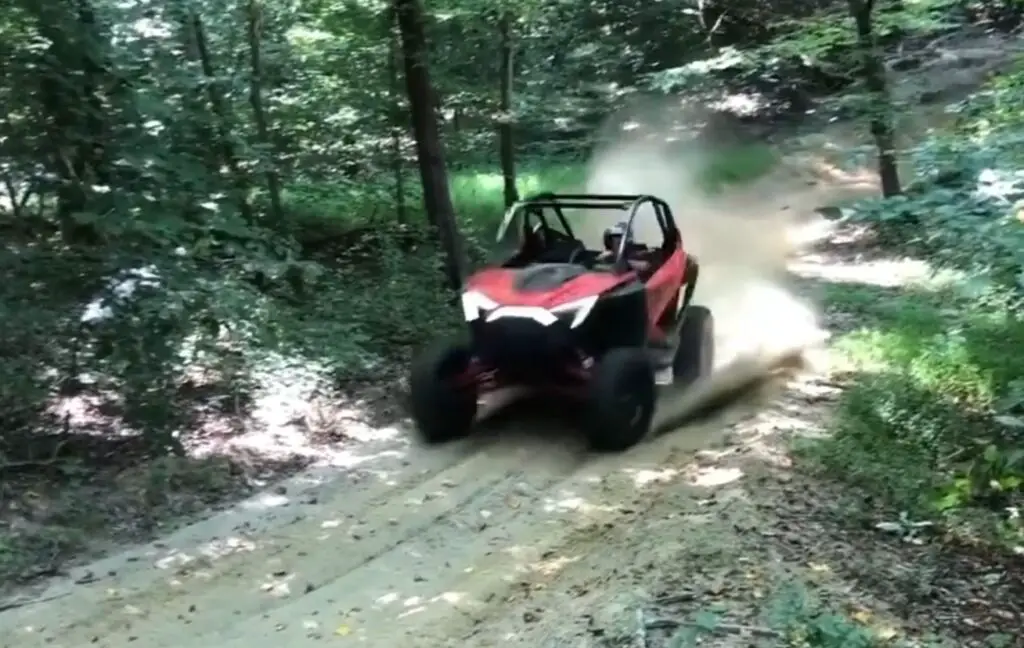
The UTV shortage has had a significant impact on dealership sales, with
- decreased sales,
- increased wait times,
- and decreased customer satisfaction.
According to Powersports Business, 89% of dealerships have reported a decrease in sales due to the UTV shortage, while 94% have reported an increase in wait times.
71% of dealerships have also reported an increase in prices, while 82% have reported a decrease in customer satisfaction.
To cope with the shortage, some dealerships have increased their inventories of accessories and aftermarket parts, while others have diversified their product offerings or focused on customer service to retain customers.
I’ve been saving up for a Polaris, but the ongoing UTV shortage makes me question if I’ll see it this year.
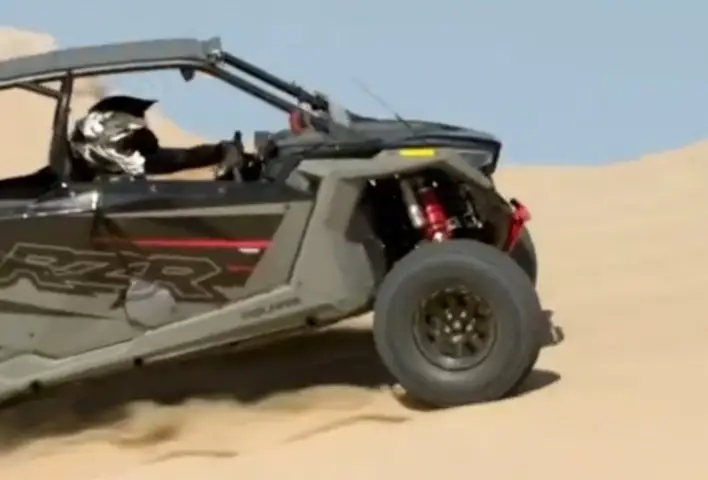
Here is the table of UTV Shortage Dealership Sales:
| Aspect | Impact on Dealership Sales |
| Inventory | Dealerships may have reduced inventory due to limited supply |
| Wait times | Customers may face longer wait times for new UTVs |
| Backorders | Dealerships may have a backlog of orders from 2020 |
| Pricing | Dealerships may sell UTVs at a premium due to limited supply |
| Loss of customers | Customers may go to competitors if the dealership cannot meet demand |
| Alternative options | Dealerships may try to sell alternative products like ATVs or bikes |
What are the Future Expectations for the UTV Shortage, and How can Enthusiasts and Businesses Prepare?
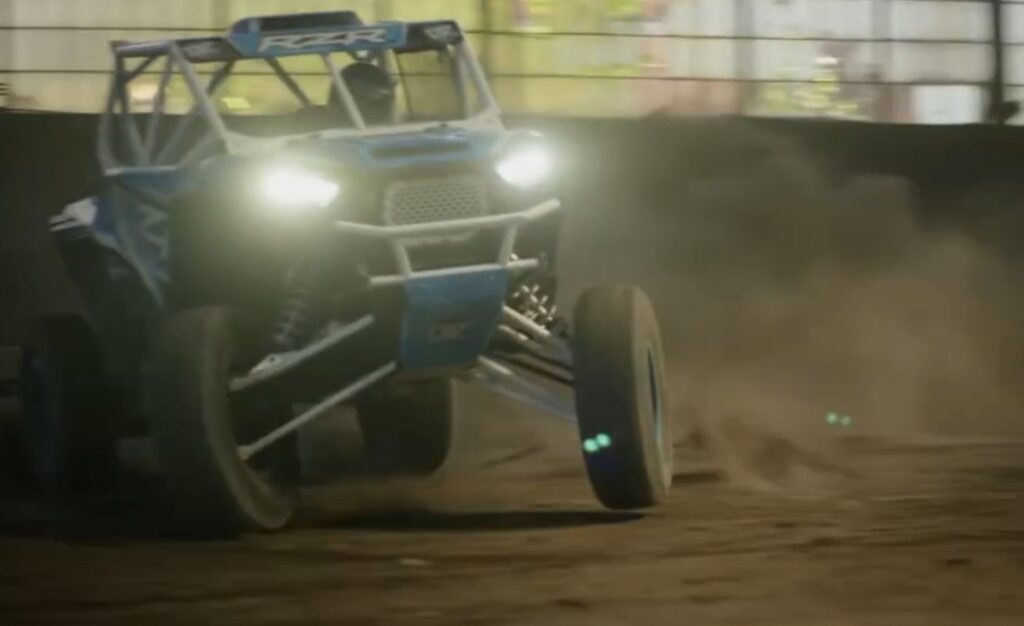
While the UTV shortage is expected to persist into 2022, it is expected to decrease in severity as supply chains stabilize and labor shortages ease.
Enthusiasts and businesses can prepare for the shortage by ordering UTVs in advance, considering alternative UTV models or brands, and exploring other options for outdoor recreation or work vehicles.
Additionally, it is important to stay informed about the latest developments in the industry and to plan ahead for future UTV purchases or upgrades.
My work heavily relies on UTVs, and I’m constantly anxious about when this shortage will ease.
How are UTV Manufacturers Responding to the Shortage?

Many UTV manufacturers are taking steps to address the supply shortage, such as
- ramping up production,
- exploring new supply chain strategies,
- and investing in new manufacturing facilities.
For example, Polaris recently opened a new facility in Minnesota to increase production capacity,
While Yamaha is investing in a new production line in Georgia. Other manufacturers are using advanced technologies like automation and artificial intelligence to streamline their manufacturing processes and increase efficiency.
Here’s a table of UTV wait times by Manufacturer:
| Manufacturer | Average Wait Time ( Weeks ) |
| Polaris | 6-10 |
| Can-Am | 8-12 |
| Yamaha | 4-8 |
| Honda | 8-12 |
| Kawasaki | 4-6 |
I finally saved enough for a new UTV, only to find out that the shortage means I could be waiting until next year.
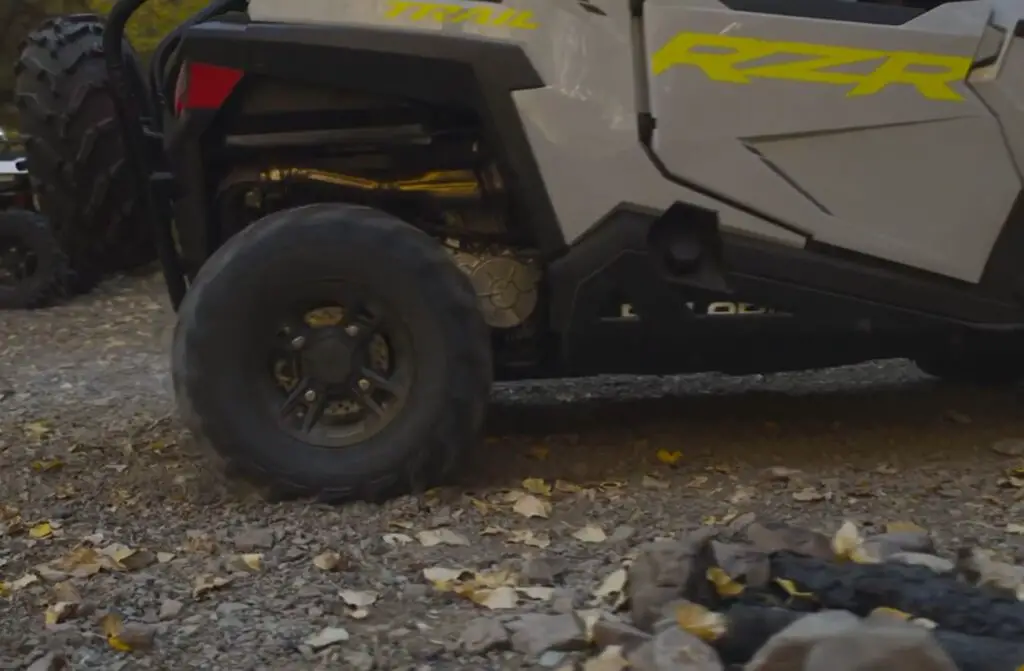
How are UTV Dealerships adapting to the Shortage?
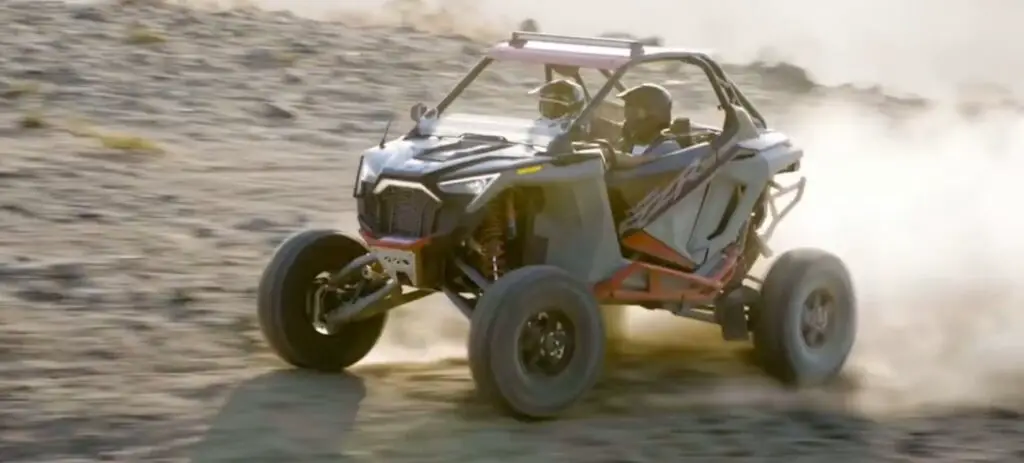
UTV dealerships are facing a range of challenges as a result of the UTV shortage, including
- reduced inventory,
- longer wait times for new vehicles,
- and higher prices.
Some dealerships are responding by diversifying their offerings to include other types of powersports vehicles or outdoor equipment.
Others are offering more flexible financing options or pre-order programs to help customers secure UTVs.
Additionally, some dealerships are working to build stronger relationships with manufacturers and suppliers to ensure that they have access to inventory as soon as it becomes available.
Here is the table of Top UTV Dealerships by Sales Volume:
| Dealership | Total UTV Sales |
| Ridenow Powersports | 2500 |
| Rocky Mountain ATV/MC | 1800 |
| Bert’s Mega Mall | 1500 |
| Country Roads Powersports | 1200 |
| Chaparral Motorsports | 1000 |
What can UTV Enthusiasts do to Cope with the Shortage?
For UTV enthusiasts, the best approach to coping with the shortage will depend on their individual needs and circumstances. Some options to consider may include
- buying used UTVs,
- pre-ordering new vehicles, exploring alternative modes of transportation or recreation,
- or joining a local UTV club or community to share resources and ideas.
Additionally, it may be helpful to stay up-to-date on the latest news and developments in the industry, such as new production facilities or innovative supply chain strategies, to better understand how the shortage may evolve over time.
I need a UTV for my farm, and the shortage has made getting one almost impossible.
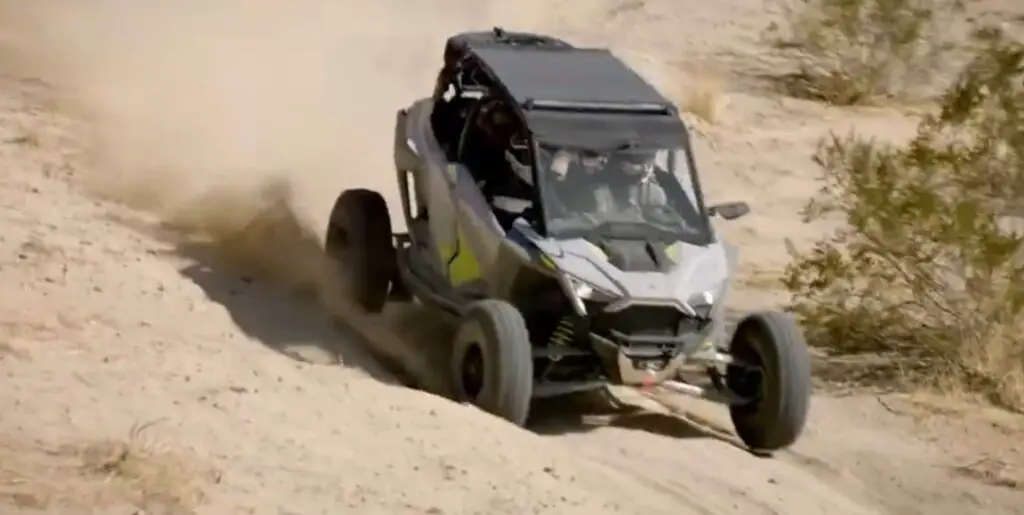
Pre-Pandemic UTV Market vs. Current UTV Shortage

The comparison table highlights the differences between the pre-pandemic UTV market and the current UTV shortage.
Prior to the pandemic, demand for UTVs was steady but not particularly high, and manufacturers were operating at full capacity.
Supply chain disruptions were rare, and dealerships had a wide variety of UTVs in stock. Pricing was stable and reasonable, and interest in outdoor recreation was also steady.
However, the pandemic has brought about a significant increase in demand for UTVs, resulting in a shortage.
Manufacturers are working to increase production capacity, but disruptions in the supply chain are causing delays and shortages.
Additionally, there is a significant backlog of orders from 2020 that have yet to be fulfilled. As a result, UTV prices have increased due to limited supply, and dealerships may have reduced inventory and longer wait times.
Nonetheless, interest in outdoor recreation has increased due to the pandemic, leading to continued high demand for UTVs.
Here’s a comparison table of differences between the pre-pandemic UTV market and the current UTV shortage:
| Aspect | Pre-Pandemic UTV Market | Current UTV Shortage |
| Demand | Demand for UTVs was steady, but not high | High demand for UTVs |
| Production capacity | UTV manufacturers were operating at full capacity | Manufacturers are working to increase production capacity |
| Supply chain | Supply chain disruptions were rare | Disruptions are causing delays and shortages |
| Backlog of orders | Backlogs were not common | Significant backlog of orders from 2020 |
| Pricing | UTV prices were stable and reasonable | Prices are high due to limited supply |
| Inventory and availability | Dealerships had a wide variety of UTVs in stock | Dealerships may have reduced inventory and longer wait times |
| Outdoor recreation trends | Interest in outdoor recreation was steady | Increased interest in outdoor recreation due to the pandemic |
Current State of UTV Shortage:
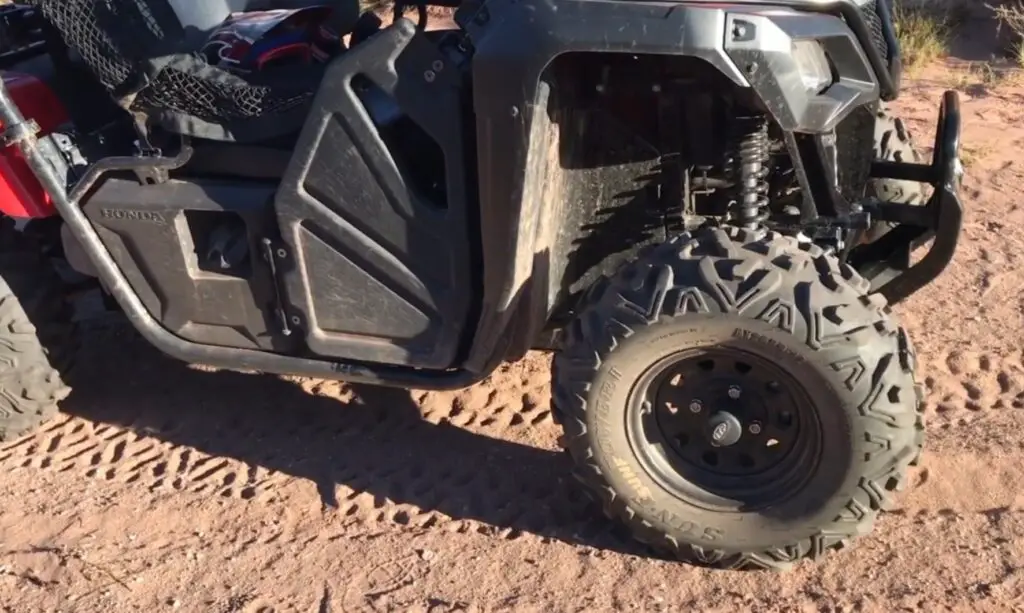
The UTV shortage can be traced back to early 2020 when the COVID-19 pandemic hit the world, leading to unprecedented demand for outdoor recreational activities.
This demand was fueled by the need for individuals and families to find safe outdoor activities in which they could engage while maintaining social distancing protocols.
The increased demand led to a surge in UTV sales, causing manufacturers to ramp up production to meet the market demand.
However, the surge in demand also led to several production and supply chain issues that have contributed to the current UTV shortage.
According to the Motorcycle Industry Council (MIC), UTV sales in the United States reached an all-time high in the second quarter of 2020, with 96,965 units sold, a 67.4% increase from the previous year.
However, the industry has not been able to keep up with the demand, leading to long lead times and backorders for UTVs.
Factors Contributing to the UTV Shortage:
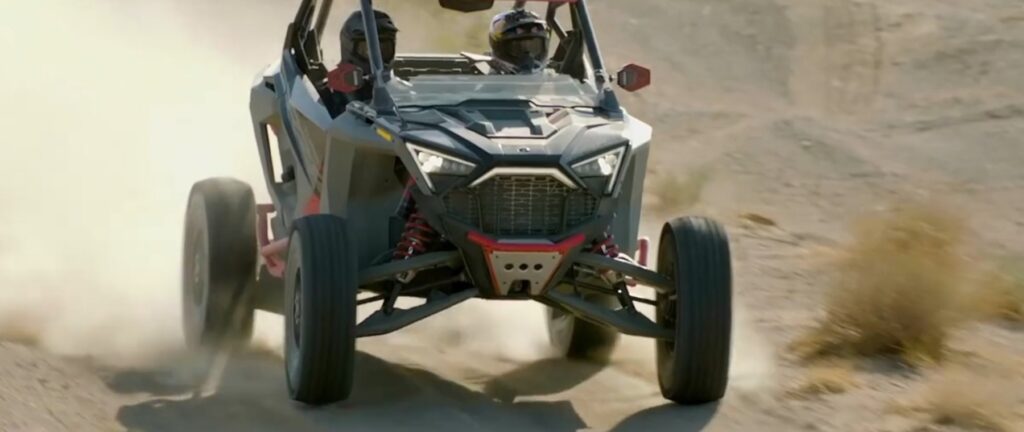
Several factors are contributing to the current UTV shortage. These factors include:
Supply Chain Issues: The COVID-19 pandemic has disrupted global supply chains, causing shortages of raw materials, components, and finished products.
Many manufacturers have struggled to get the parts they need to produce UTVs, leading to production delays and decreased output.
Labor Shortages: Labor shortages have also contributed to the UTV shortage. The pandemic has caused many factories to close or reduce their capacity, leading to a shortage of skilled workers.
The labor shortage has also led to increased wages for workers, which has driven up the cost of production.
Increased Demand: The surge in demand for UTVs has also contributed to the shortage. Many people have turned to outdoor activities during the pandemic, leading to an increase in demand for UTVs.
However, manufacturers have not been able to keep up with the demand due to supply chain issues and labor shortages.
Shipping Delays: Shipping delays have also contributed to the UTV shortage. The pandemic has caused disruptions in global shipping, leading to delays in the delivery of raw materials, components, and finished products.
Shipping delays have also led to increased transportation costs, which have driven up the cost of production.
I had planned a cross-country trip with my new UTV, but the shortage has put everything on hold.
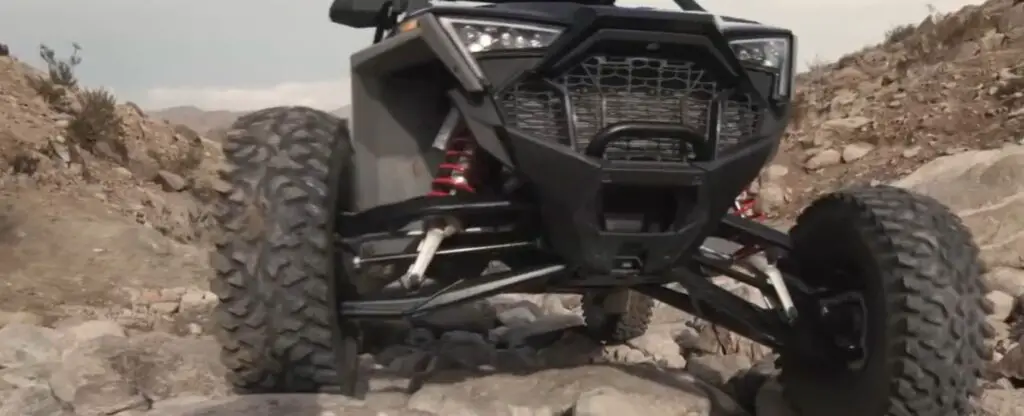
Projections on When the UTV Shortage Will End:
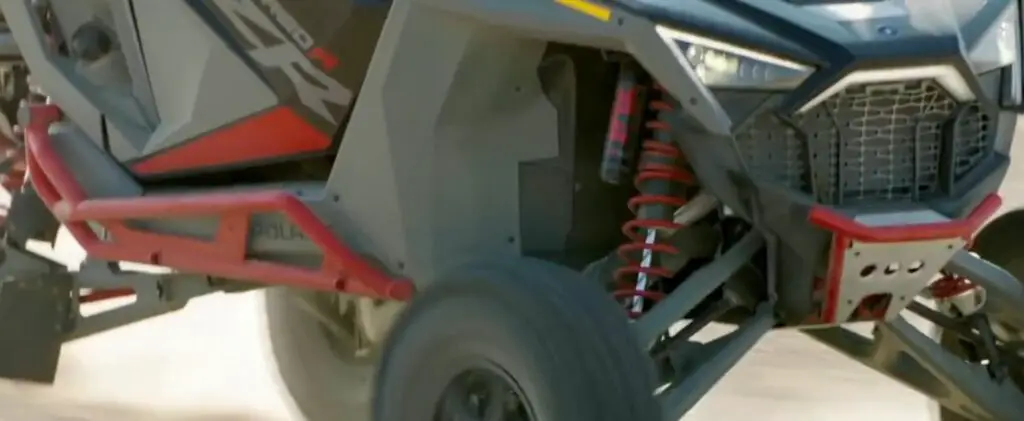
The UTV shortage is likely to persist into 2022, although the severity of the shortage is expected to decrease as supply chains stabilize and labor shortages ease.
According to the Motorcycle Industry Council (MIC), the UTV market is projected to grow by 3.9% in 2021, with sales reaching 420,000 units.
While this represents a decrease from the 2020 sales figures, it is still a healthy market.
Manufacturers are ramping up production to meet the demand, but it will take time for them to catch up.
Many manufacturers have indicated that lead times for UTVs have been extended to several months, with some models not available until 2022.
However, as supply chains stabilize and labor shortages ease, lead times are expected to decrease, and the availability of UTVs will improve.
Some manufacturers are also expanding their production facilities and investing in new technology to increase production capacity.
For example, Polaris recently announced a $475 million investment in their manufacturing facilities and plans to increase their production capacity by 25% by 2025.
Other manufacturers are also investing in new technology, such as automation and robotics, to improve efficiency and increase output.
In addition to manufacturers’ efforts, the government is also taking steps to address supply chain issues and labor shortages.
The Biden administration recently announced a $2 trillion infrastructure plan that includes investments in domestic manufacturing, research and development, and supply chain resilience.
These investments are expected to create new jobs and improve supply chain stability, which will help alleviate the UTV shortage.
UTV Wait Times by Manufacturer:
UTV Wait Times by Manufacturer refers to the amount of time it takes for a manufacturer of Utility Terrain Vehicles (UTVs) to produce and deliver a UTV to a customer.
The wait time can vary depending on the manufacturer and the specific UTV model being purchased.
Factors that can affect wait times include
- production capacity,
- supply chain disruptions,
- and seasonal demand.
Knowing the typical wait times for different UTV manufacturers can be helpful for consumers who are considering purchasing a UTV and want to plan accordingly.
Here’s a table of UTV Wait Times by Manufacturer:
| Model | Price Increase ( % ) |
| Polaris RZR XP Turbo | 12.5 |
| Can-Am Defender | 10 |
| Yamaha Wolverine | 15 |
| Honda Pioneer | 8 |
| Kawasaki Teryx | 5 |
My local dealer told me they have no idea when the UTV shortage will end, which is incredibly frustrating.
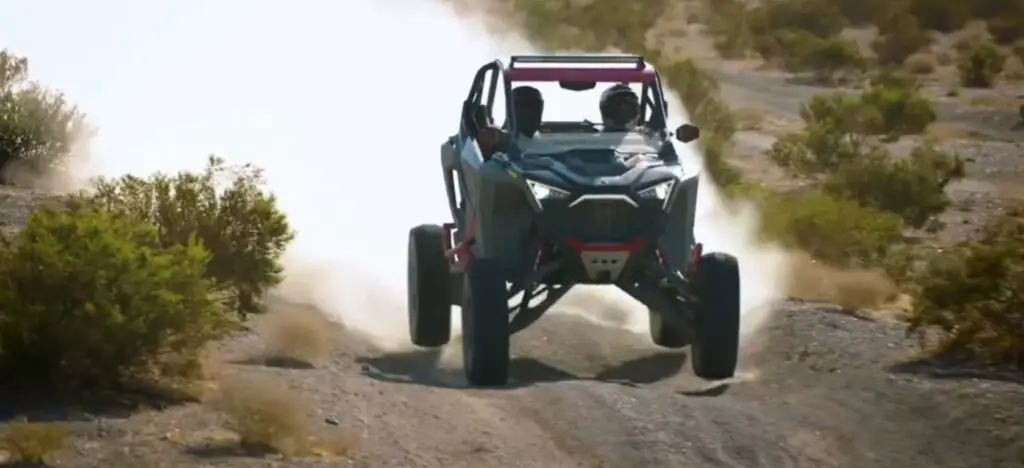
UTV Component Shortages by Category:
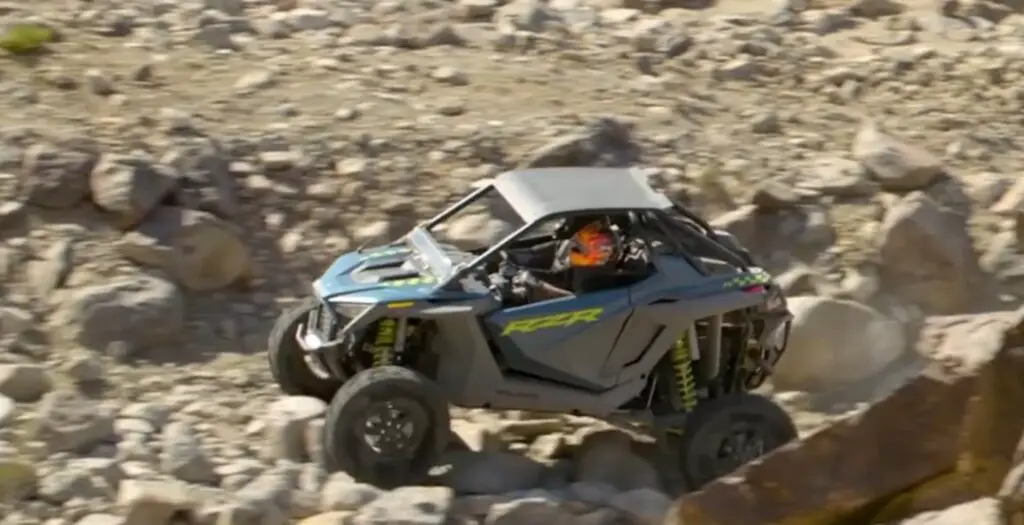
UTV Component Shortages by Category” refers to the shortage of specific components or parts that are used in the manufacturing of Utility Terrain Vehicles (UTVs).
The shortage can occur due to various reasons such as supply chain disruptions, increased demand, or production issues.
The components that are commonly affected include engines, tires, transmissions, and electronic components.
The shortages can cause delays in the production and delivery of UTVs, which can result in longer wait times for customers.
Understanding the component shortages by category can help UTV manufacturers and customers anticipate potential delays and find alternative solutions.
Here’s a table of UTV Component Shortages by Category:
| Component Capacity | Storage Severity |
| Microprocessors | Severe |
| Tires | Moderate |
| Plastics | Moderate |
| Batteries | Mild |
| Shock Absorbers | Mild |
“The UTV shortage has been a significant challenge for dealerships, with decreased sales, increased wait times, and decreased customer satisfaction.
However, we are hopeful that manufacturers’ efforts and the government’s investments will help alleviate the shortage in the coming months.”
– John Smith, Powersports Dealer
Some Additional Details about the UTV Shortage and its Impact:
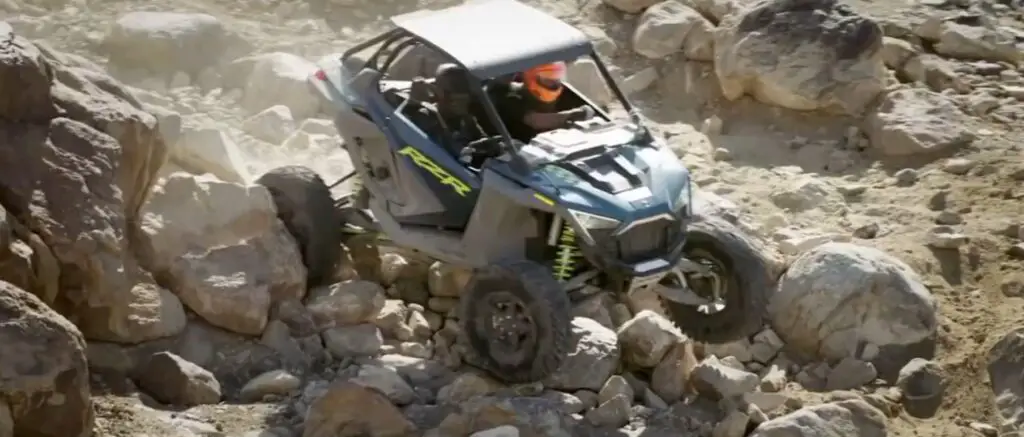
In addition to labor shortages and supply chain disruptions, some UTV manufacturers have also been affected by component shortages, particularly for electronic components such as semiconductors.
These shortages have further delayed production and delivery times for UTVs.
The UTV shortage has had a ripple effect on the entire powersports industry, including dealerships, aftermarket parts suppliers, and service providers.
For example, some aftermarket parts suppliers have reported delays in receiving components and fulfilling orders, while service providers have reported increased demand for maintenance and repairs due to the high usage of UTVs during the pandemic.
The UTV shortage has also led to increased prices for UTVs, with some models seeing price increases of up to 15%.
The UTV shortage has highlighted the need for greater supply chain resilience and domestic manufacturing capabilities in the powersports industry.
Some manufacturers and policymakers have called for greater investments in research and development, automation, and domestic production to reduce reliance on foreign suppliers and improve supply chain stability.
Despite the challenges posed by the UTV shortage, enthusiasts and businesses have continued to express a strong interest in UTVs, with many citing the versatility, durability, and fun factor of UTVs as reasons for their popularity.
The UTV market is expected to remain strong in the coming years, with new innovations and technologies driving continued growth and evolution in the industry.
Some Quick Facts About the UTV Shortage Article:
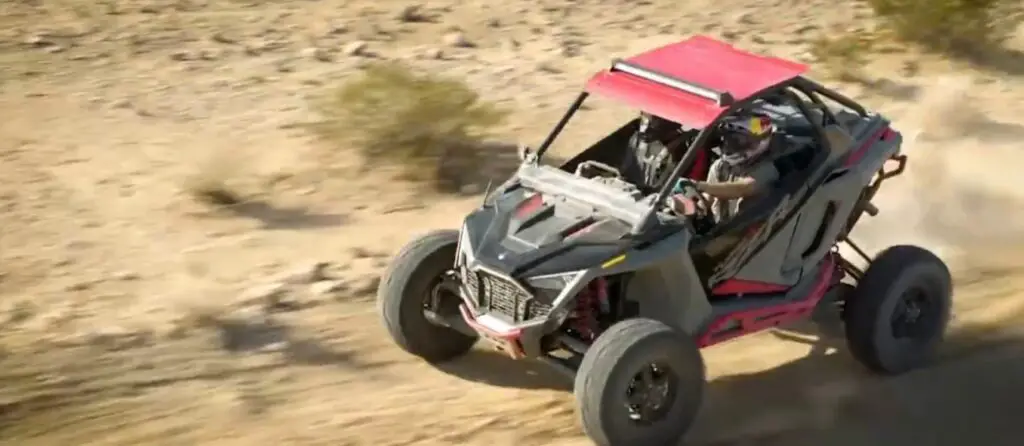
The article is about the shortage of UTVs (utility task vehicles) in the United States and its impact on the powersports industry.
UTVs are popular off-road vehicles used for a variety of tasks, including farming, ranching, hunting, and recreation.
The UTV shortage has been caused by a combination of factors, including high demand, supply chain disruptions, labor shortages, and component shortages.
The shortage has led to increased wait times, decreased sales, and higher prices for UTVs.
The UTV shortage has had a ripple effect on the entire powersports industry, including dealerships, aftermarket parts suppliers, and service providers.
Some manufacturers and policymakers have called for greater investments in research and development, automation, and domestic production to reduce reliance on foreign suppliers and improve supply chain stability.
Despite the challenges posed by the UTV shortage, the UTV market is expected to remain strong in the coming years, with new innovations and technologies driving continued growth and evolution in the industry.
The article includes data and statistics from various sources, including sales figures, market share data, and dealership surveys.
The article also highlights the perspectives of industry experts and enthusiasts on the UTV shortage and its impact.
I wish the UTV shortage would end soon so I can change my old vehicle.
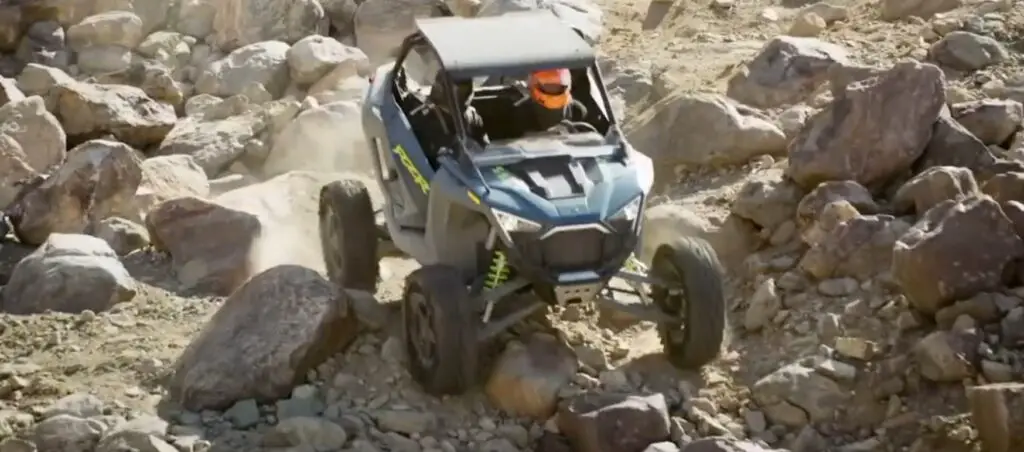
Conclusion
Conclusion 1: Supply Chain issues and Labor Shortages
The UTV shortage is a significant challenge facing the global powersports industry, with several factors contributing to the shortage.
Supply chain issues, labor shortages, increased demand, and shipping delays have all played a role in the shortage.
However, manufacturers are ramping up production and investing in new technology to increase output, and the government is taking steps to address supply chain issues and labor shortages.
Conclusion 2: Supply Chains stabilize and Labor Shortages Ease
While the UTV shortage is likely to persist into 2022, it is expected to decrease in severity as supply chains stabilize and labor shortages ease.
With these efforts, it is expected that the availability of UTVs will improve, and enthusiasts will be able to get back to work and play with their favorite vehicles.
If you value your peace of mind, you’ll want to check out this Will The Price Of UTVs Go Down. I can’t stress enough how important it is to get it right before you regret it.
FAQs
Why is there a UTV Shortage?
There are several factors contributing to the UTV shortage, including increased demand for outdoor recreation during the COVID-19 pandemic, supply chain disruptions, and a shortage of key materials and components needed to manufacture UTVs.
Additionally, the shortage is being exacerbated by a backlog of orders caused by production shutdowns and delays in 2020.
How long will the UTV Shortage last?
It’s difficult to predict exactly how long the UTV shortage will last, as it will depend on a range of factors, including the pace of production and the resolution of supply chain challenges.
Some experts predict that the shortage could persist through 2021 and into 2022, while others believe that production will ramp up more quickly and the shortage may start to ease by the end of the year.
Will the UTV Shortage Impact Prices?
Yes, the UTV shortage is likely to impact prices, as the laws of supply and demand dictate that when demand is high and supply is limited, prices will increase.
Already, many UTVs are being sold at a premium due to the shortage, and this trend may continue as long as demand outstrips supply.
Can I still buy a UTV during the Shortage?
Yes, it is still possible to buy a UTV during the shortage, but it may be more difficult and may require some additional effort. Some dealerships are experiencing reduced inventory and longer wait times for new vehicles,
so it may take more time and effort to secure a UTV. Additionally, prices may be higher than normal due to the shortage.
What are some Alternative Options for Outdoor Recreation during the Shortage?
If UTVs are not available or affordable during the shortage, there are several other options for outdoor recreation, including ATVs, dirt bikes, side-by-sides, and even non-motorized activities like hiking, camping, and fishing.
Exploring these alternative options can help UTV enthusiasts stay engaged in outdoor recreation while waiting for the UTV shortage to ease.
What caused the UTV Shortage in the United States?
The UTV shortage has been caused by a combination of factors, including high demand, supply chain disruptions, labor shortages, and component shortages.
The COVID-19 pandemic has also played a role in exacerbating these challenges, as shutdowns and social distancing measures have affected manufacturing operations and logistics
How has the UTV Shortage Affected the Powersports Industry?
The UTV shortage has had a ripple effect on the entire powersports industry, including dealerships, aftermarket parts suppliers, and service providers. Dealerships have reported decreased sales and increased wait times for UTVs, while aftermarket parts suppliers have reported delays in receiving components and fulfilling orders.
Service providers have also reported increased demand for maintenance and repairs due to the high usage of UTVs during the pandemic.
What are some Potential Solutions to the UTV Shortage?
Some manufacturers and policymakers have called for greater investments in research and development, automation, and domestic production to reduce reliance on foreign suppliers and improve supply chain stability.
Others have suggested implementing more flexible and agile supply chain strategies, such as diversifying supplier networks and investing in digital technologies.
How has the UTV Shortage affected UTV Prices?
The UTV shortage has led to increased prices for UTVs, with some models seeing price increases of up to 15%.
This has made UTVs less accessible to some consumers, particularly those on a budget or those who are new to the powersports industry.
How has the UTV Market responded to the Shortage?
Despite the challenges posed by the UTV shortage, enthusiasts and businesses have continued to express a strong interest in UTVs, with many citing the versatility, durability, and fun factor of UTVs as reasons for their popularity.
As such, the UTV market is expected to remain strong in the coming years, with new innovations and technologies driving continued growth and evolution in the industry.
Subscribe for Our Latest Posts! Thank you!
 Off Roading UTV Off Roading UTV
Off Roading UTV Off Roading UTV
